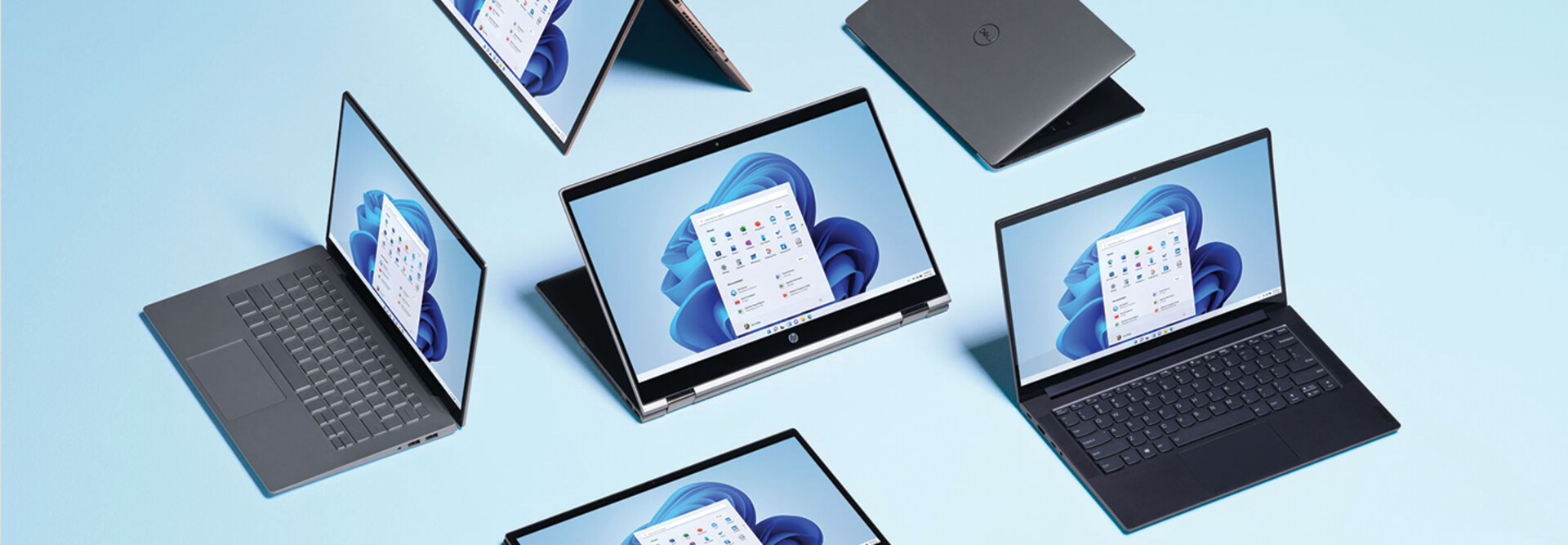The Benefits of Windows 11 for Healthcare Organizations
VUMC incorporated the Windows 11 migration initiative into its existing digital transformation roadmap. Arnold explains that the upgrade is an investment in the organization’s future.
“What VUMC is really trying to do is modernize and standardize where we can. With Windows 11, we’re putting processes in place for now and even in the future, because at some point Windows 11 will go away and we’ll have to do this all again,” he says. “We want to make sure that our application owners are thinking about these things, because they generally don’t. They don’t consider the compliance with a Microsoft OS on their device. However, if they can budget that into their software and software updates, it will be a smoother transition.”
The upgrade process helped VUMC keep up with the latest in hardware technology. Because Windows 11 has certain hardware requirements, the organization now has the processing power needed to accommodate future app versions, such as a major Epic update.
VUMC is also moving toward standardized application management so that different departments aren’t ordering the same software at different times. With new processes in place, Arnold is more likely to be able to get discounted pricing associated with volume, among other benefits.
READ MORE: Avoid hidden risks and shift to Windows 11 now.
“I can also track and manage the vulnerabilities of specific applications to make sure they are getting the updates they need. Because a lot of times, an organization will pay for an app that they’ll use for 20 years without going to the next version,” he says. “However, if we centralize the management of those applications, then we can keep those applications managed and secure.”
As VUMC achieves stability following the upgrade process and further explores the new features offered by Windows 11, Dr. Yaa Kumah-Crystal, clinical director of health IT, associate professor of biomedical informatics and a pediatric endocrinologist at VUMC, expects the organization will begin exploring how to take advantage of Microsoft Copilot. The health system has already begun that exploration in small cohorts to determine which use cases should be introduced more broadly.
“The wider strategy will be to learn early about the tools that we can take advantage of, but also determine when it’s right to try to scale them,” she says. “Microsoft is doing a lot of interesting things, but from our testing we know it’s still very early and the road to getting to something that we will absolutely want to implement for everyone is still in progress. However, I definitely see it as something we would want to take advantage of, and laying the groundwork by having the newest systems and architecture in place is going to get us there eventually.”
How VUMC Approached the Windows 11 Migration Process
Beginning in April 2022, any new device being implemented at VUMC was shipped from the manufacturer with Windows 11 already installed. In September 2024, the organization started an automated push to update 92% of its administrative devices and workstations to the new OS. The remaining devices are either exceptions (3%) or they lack the processor, disk space or other requirements from Microsoft to qualify for Windows 11 (5%). Arnold explains that the organization will begin replacing devices in the latter category in July.
By the end of last year, 99% of the organization’s approximately 10,000 clinical workstations had been upgraded to Windows 11, and all of the devices are expected to be on the new OS within the next few months.
“Hopefully, by the time October comes around when Windows 10 standard support is no longer available, we’ll have as few devices as possible that we’ll need to buy Windows 10 extended support for,” says Arnold. “We know that we’re going to have a group of devices still on Windows 10, but we need to minimize that so that we can minimize the cost.”
Devices that are excluded from the migration project host an application that is not yet Windows 11-certified. Those devices will be upgraded as well once the application gets certified or is upgraded to a version that is certified. Arnold says that around 1,200 devices at VUMC currently fall into that exception category.













